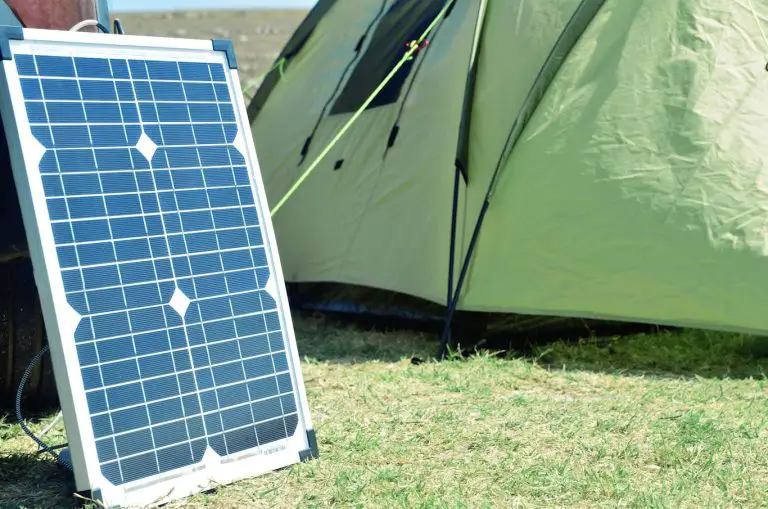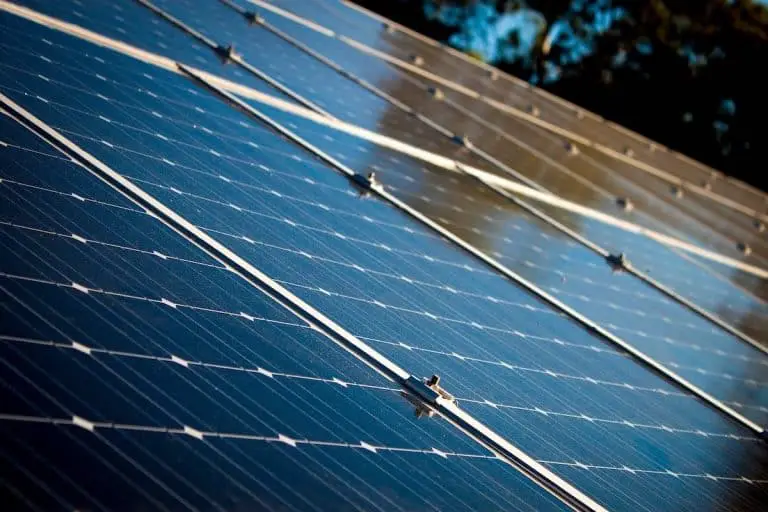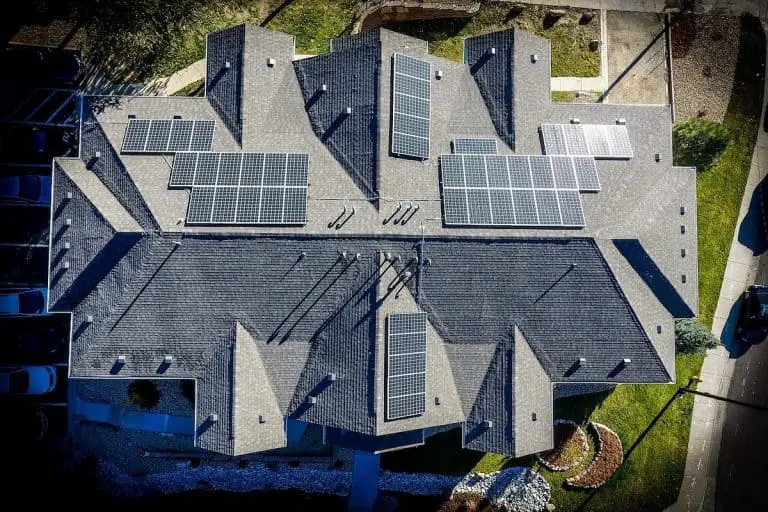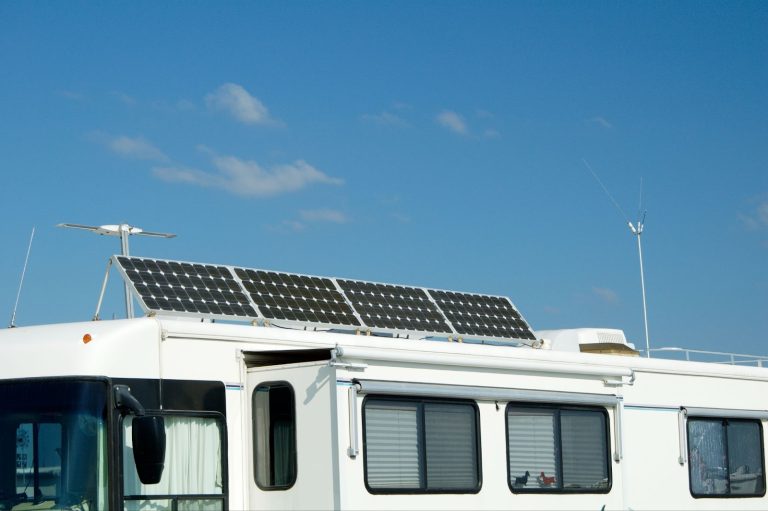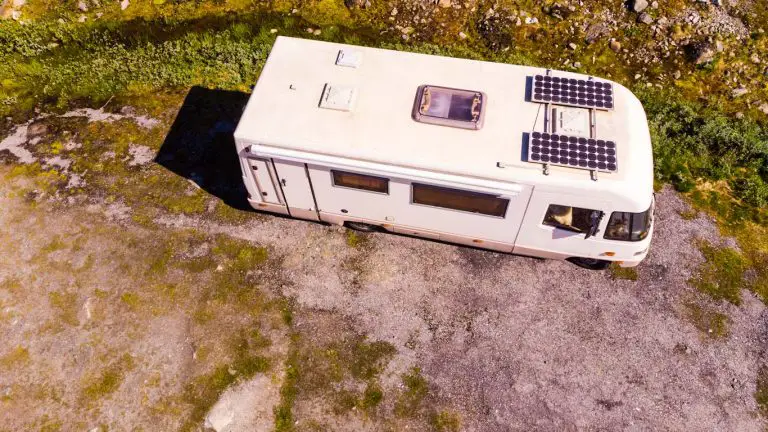Do You Need a Fuse between a Charge Controller and Battery?
Increasingly, individuals are moving toward greener and more sustainable ways of living. One trendy way of doing this is by investing in DIY solar panels to produce green energy for the home and even outdoor activities, like camping. Knowing how to wire your system correctly is key in protecting it and extending its longevity.
One of the most important places to install a fuse in your solar panel system is between the charge controller and the battery pack as it reduces the risk of wires overheating and potential system failure. If you are installing your own solar panels, the best way to protect your photovoltaic system is by utilizing fuses at key points in the installation.
I’ll take a closer look at the fuse’s role in this article, the part the charge controller plays in a solar panel system, why it is necessary to install a fuse between the charge controller and battery bank, and the dangers of incorrectly fusing a photovoltaic system.
The Charge Controller Role in a Solar Panel System
The charge controller of a solar panel system has the sole function of regulating the charge flowing into the battery bank from the solar panels. Through regulating the current flow, the charge controller can prevent the batteries from overcharging.
It does this by ensuring the batteries stay at optimal levels of charge by reversing the current flow at night.
The reason why a charge controller is so important in a solar panel system is that it maximizes the battery bank’s life and minimizes utility power usage. Therefore, the main purpose of the charge controller is to extend the lifespan of the solar panel system as a whole (source).
Why Use a Fuse in a Solar Panel System?
In the electrical field, a fuse is a safety device that has the sole function of protecting an electrical circuit. Deemed a sacrificial device, a fuse is constructed with a metal wire or strip, which will melt from heat should the current flowing through it become excessive.
The effect is that the broken fuse will stop the current’s flow, protecting the wires and the system.
Therefore, a fuse prevents an overcurrent and is a critical safety measure as it prevents dangers such as short circuits, mismatched loads, overloads, or even device failure or collapse (source).
The Fuse, the Charge Controller, and the Battery Bank
If you are putting your own solar panel system together, you will need to use the correct charge controller. It is always wise to select one with a higher current rating than the current flowing from your panels to the battery bank and from your battery bank to the devices and appliances.
Additionally, it is important to note here that many charge controllers will come with a built-in fuse, and you may not need to install an additional fuse. It is most likely that Maximum Power Point Tracking (MPPT) charge controllers will have built-in fuses.
The Use of a Fuse
You want to make sure that your system has enough fuses to protect the circuits between the solar panels and the batteries, as well as those between the batteries and each of the electric loads it needs to service.
There are a few places in a solar system where you need to use a fuse, of which the main one is between the charge controller and the battery bank. However, you will also need a fuse between the charge controller and the solar panels themselves.
The fuses’ size should be enough to handle the maximum current that can be expected from each circuit. Still, it should also be small enough to protect the electrical part of the system that has the lowest amperage rating. If your fuses are too big, they won’t be able to protect some of the electrical system equipment (source).
Determining Fuse Size
If you are constructing your own photovoltaic system, you will need to accurately determine the size of the fuse needed between the charge controller and battery.
There are two different types of charge controllers available. The first is a Pulse Width Modulation (PWM) charge controller and the other a Maximum Power Point Tracking (MPPT) charge controller.
The greatest difference between them is that with the PWM charge controller, the current drawn from the panel will be a little more than the battery voltage. An MPPT charge controller will draw the maximum voltage of the current from the panel.
If you are using a Pulse Width Modulated (PWN) charge controller, the highest number of amps flowing to and from the controller will be the same; therefore, your fuse size and wire size can also be the same.
In order to work this out, you’ll need to know what the amperage rating of your charge controller is. The fuse size will match this number, so, for example, if you have a 50-amp charge controller, you will need a 50-amp fuse.
However, if you are using an MPPT charge controller, you will need to consult the charge controller manual for the exact fuse size needed, as this type of controller can lower the voltage as well as increase the current flowing between the controller and the battery.
Dangers of Incorrectly Fusing a System
Incorrectly fusing your solar panel system carries a number of risks. You need to select the correct size and type of wire for the system, as this will optimize its performance and extend its longevity as well as playing a large role in increasing reliability.
The size of your wires needs to be capable of carrying the current from the solar panels to the battery bank and to the electrical loads. This is where the charge controller comes into play. The size of your wires will also determine the size of the fuses you will need to use.
If the wires are exposed to an overcurrent, which shouldn’t but can happen in a photovoltaic system, the risks are mostly linked to overheating. If the current that the wire is capable of carrying is exceeded, it could result in insulation breakdown and fires. A properly sized fuse will prevent this from happening as it will stop the current from flowing, thereby reducing heat.
The main danger of an overcurrent is that it can cause a fire. In a home or camping setup, this is not ideal as it can cause significant damage to property in addition to rendering the solar panel system useless.
Another risk of incorrectly fusing a solar panel system is the possibility of short circuits that can damage devices and appliances, and it may even irreparably damage your photovoltaic system or, at the very least, shorten its lifespan (source).
Advantages of Solar Energy
Although there are dangers involved when using solar power, it is widely accepted that these are mostly due to incorrect installation techniques and improper care. The benefits of solar energy far outweigh the possible risks, and, if properly cared for and maintained, a solar panel system can help anyone lead a greener and more sustainable life.
One of the most significant advantages of a solar panel system is that it can be used to generate electrical power in remote and off-the-grid areas. This is particularly beneficial for those that enjoy spending time outdoors and engaging in activities such as camping.
Solar panels can be mounted on almost anything that has decent sun exposure, and this isn’t limited to the roofs of buildings. You can mount a solar panel system on the roof of an RV or ordinary vehicle and generate electricity wherever you go.
Using solar panels to generate power is considered green and sustainable as it is a quiet and pollution-free way of generating electricity. If properly installed and maintained, a solar panel system will generate power for a great number of years, and it can even be moved should it be necessary.
Many people are choosing to install their own solar panel systems in an effort to go green and live a more sustainable life. Although there are risks involved when installing your own system, if you know what they are, you can take the necessary steps to avoid them.
One of the biggest risks when installing a solar panel system is incorrect wiring and fuse sizing that can lead to fires or short circuits. By knowing what type of charge controller you’re using, the sizing of your wires, and the fuse sizes needed, you can avoid ever having this type of trouble.
Final Thoughts
A fuse is an important safety feature in any photovoltaic system, and one of the most important placements for one of these electrical safety devices is between the charge controller and the battery. The role of the fuse between these two components is to protect the system from an overcurrent and extend the longevity of the system as a whole.
The charge controller protects the battery by directing current to and from the solar panels themselves and preventing the battery from overcharging or reaching a critical discharge. Fusing your system correctly will prevent damage to not only the system but the battery and electrical loads as well.

